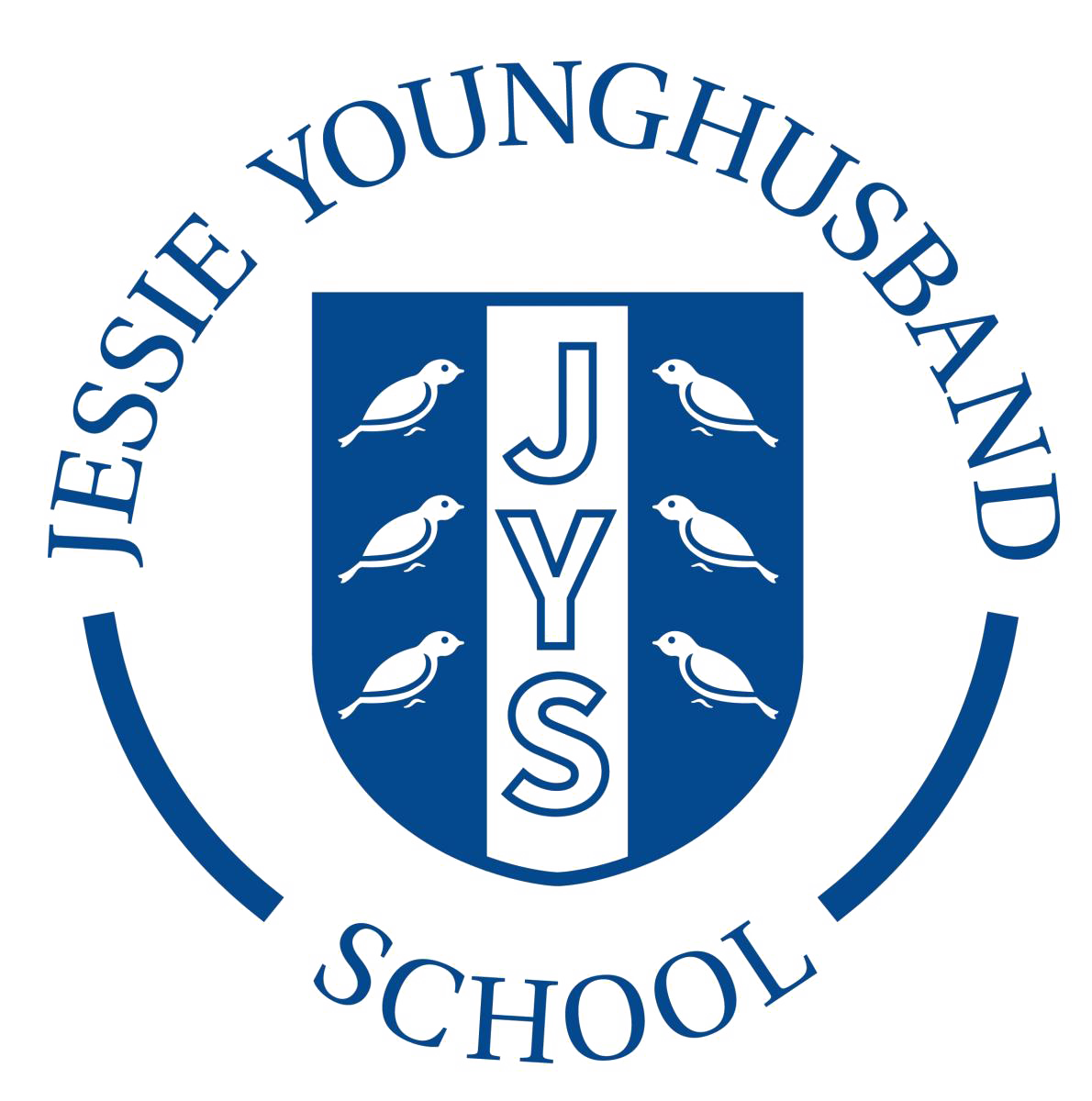An Introduction to Phonics
Phonics is recommended as the first strategy that children should be taught in helping them to learn to read. It runs alongside other teaching strategies such as Guided Reading and Shared Reading to help the children develop vital reading and comprehension skills and hopefully to give them a real love of reading as they grow up.
What is Phonics?
Phonics is simply the ability to convert a letter or letter group into sounds that are then blended together into a word. The phonics skills that the children are taught include:
- Identifying sounds in spoken words;
- Recognising grapheme - phoneme correspondence;
- Blending phonemes into words for reading;
- Segmenting words into phonemes for spelling.
A phoneme is the unit of sound, but a grapheme is the written representation of the sound e.g. phoneme (sounds like) = 'you' and the grapheme (how it's written) = 'ue'
As the children progress over time, they move through phonic ‘levels’, with each level building on the skills and knowledge of previous learning. The children have time to practise and rapidly expand their ability to read and spell words. They are also taught to read and spell ‘tricky’ words, which are words with spellings that are not phonetically decodable.
How is Phonics taught at JYS?
At JYS, Phonics is explicitly taught throughout the Foundation Stage (Year R) and Key Stage 1 (Years 1 and 2), using the Twinkl Phonics Scheme. The scheme continues to support children (as required) through Key Stage 2. To compliment the scheme, the children access Rhino Readers to develop their reading skills as they are building their fluency. Rhino Readers are aligned to the Twinkl levels and cover both fiction and non-fiction in an engaging way.
The daily phonics lessons follow the same format:
- Revise - the children begin a session by revising previous learning;
- Teach - new phonemes, high frequency or tricky words are taught;
- Practice - the children practise the new learning by reading and/or writing words;
- Apply - the children will apply their new learning by reading or writing sentences.
Phonics lessons are made up of lots of practical activities to help the children learn and practise their phonemes in a range of fun ways. These include:
- Sound talking and rhyming;
- Playing games – e.g. interactive games using the Interactive Whiteboard;
- Using phoneme frames and whiteboards to spell words out;
- Making as many words as possible with a particular phoneme;
- Being phoneme “detectives”;
- Reading and writing sentences. Silly sentences are great fun!

